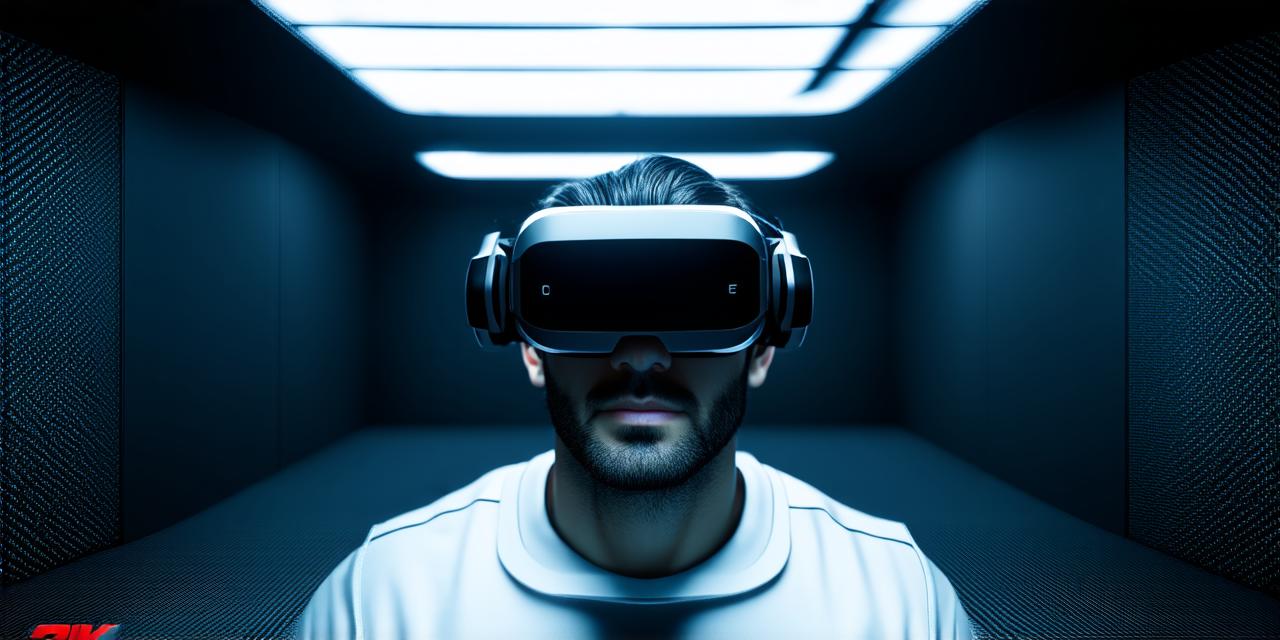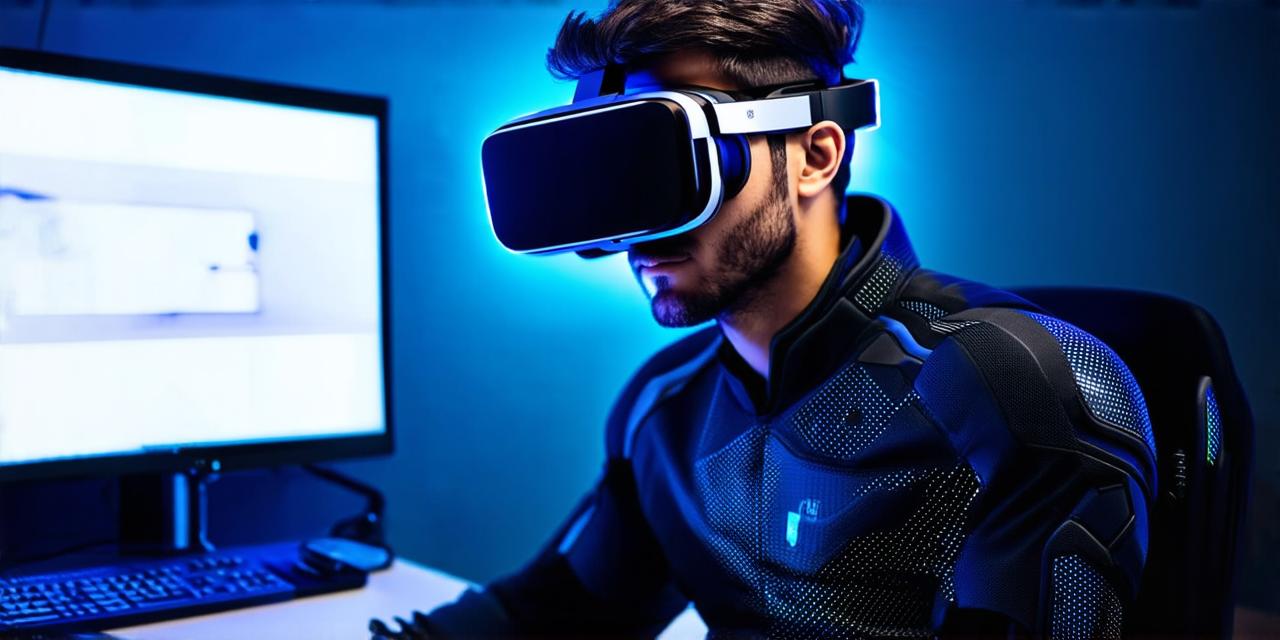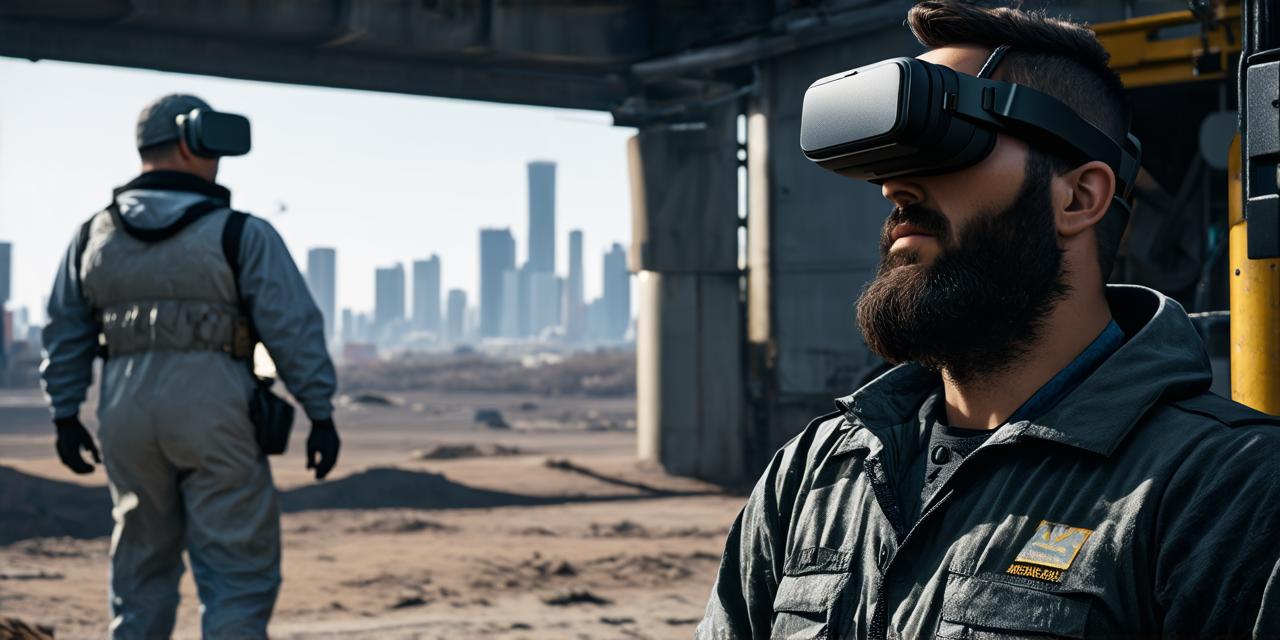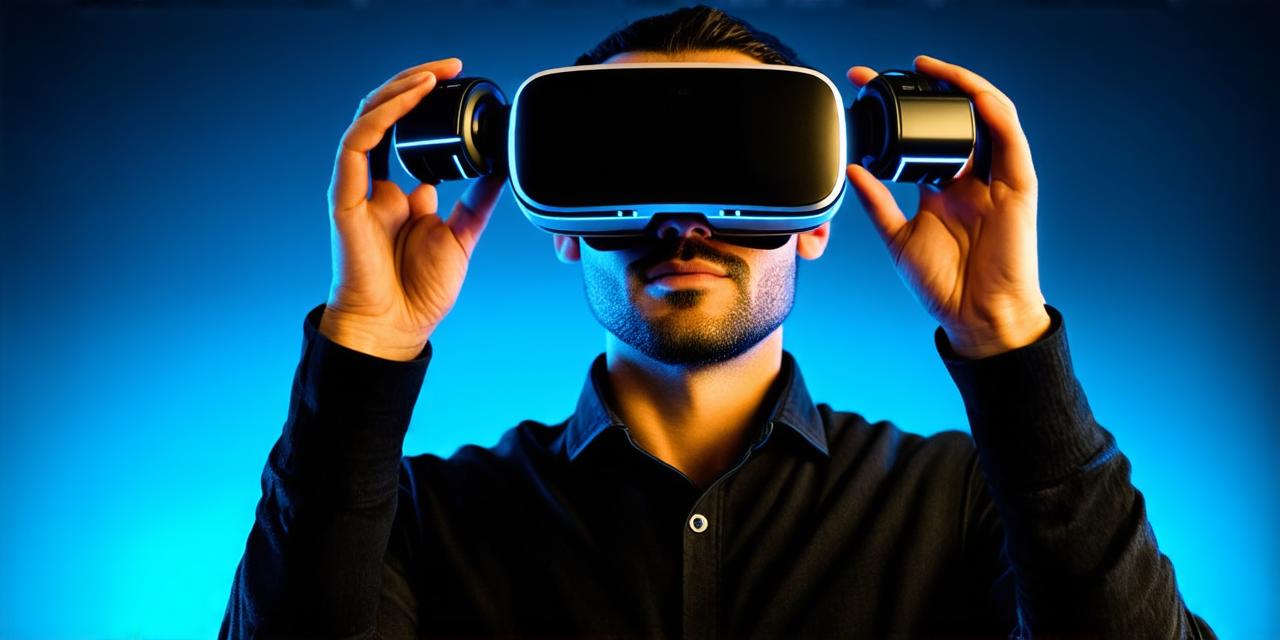Virtual Reality (VR) is a revolutionary technology that immerses users in a simulated environment, providing an interactive experience.
What is Virtual Reality?
Virtual Reality is a three-dimensional, computer-generated environment designed for user interaction. It provides a sense of presence, making users feel as if they are in a real world rather than looking at a screen.
Components of VR System
1. Head Mounted Display (HMD)
The HMD is the primary interface between the user and the virtual environment. It consists of two small screens placed very close to the eyes, creating stereoscopic 3D images. Modern HMDs like Oculus Rift or HTC Vive also include built-in motion sensors for head tracking.
2. Motion Tracking Sensors
Motion tracking sensors allow users to interact with the virtual environment naturally by moving their hands, body, or even entire room space. These sensors can be found in controllers like the Oculus Touch or Vive Wands, or in full-body tracking systems like the Vive Pro Eye.
3. Software and Graphics Processing Unit (GPU)
The software is responsible for rendering the virtual environment, while the GPU processes the graphics data quickly enough to create smooth visuals without lag. Advanced VR software can simulate realistic lighting, shadows, and reflections, enhancing the immersive experience.
How Does VR Work?
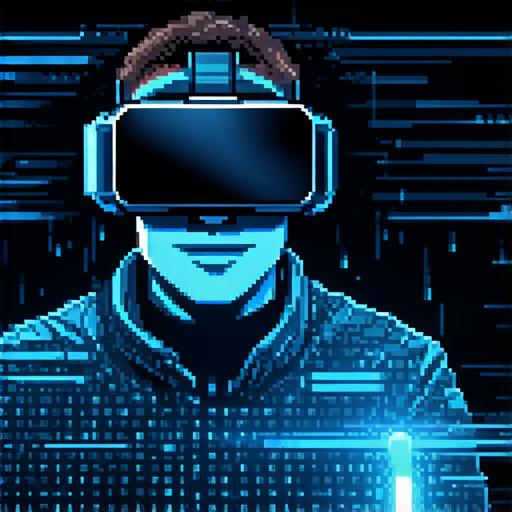
1. Sensor Data Collection
The HMD and motion tracking sensors collect data about the user’s head position and movements. This information is sent to the computer for processing.
2. Rendering and Processing
The software processes this data, calculates the corresponding changes in the virtual environment, and sends the updated visuals to the HMD. The GPU then renders these images at high frame rates (usually 90Hz or more) to minimize lag and ensure smooth movement.
3. Display and Interaction
The processed visuals are displayed on the screens of the HMD, creating an immersive 3D environment for the user. Users can interact with this environment using the motion tracking sensors in their controllers or body movements.
Conclusion
Virtual Reality is a fascinating technology that offers endless possibilities for entertainment, education, and training. By understanding its components and how they work together, we can appreciate the complexity behind this immersive experience and look forward to its future advancements.
